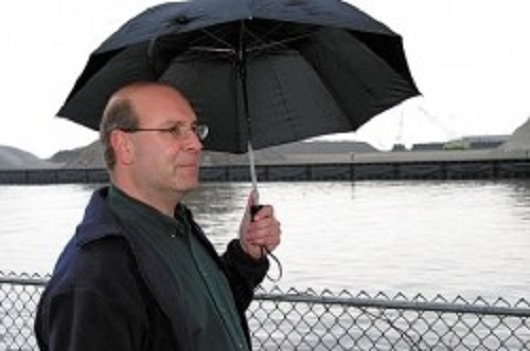Great piece by Rich Exner from Cleveland.com comparing Cleveland and Columbus
Columbus is triple the size of Cleveland in area; answers to that and other census questions 5/23/2015 Cleveland.com
CENSUS NEWS, NUMBERS AND ANALYSIS
- Ohio ranks 36th for college degrees; census estimates for states from No. 1 Massachusetts to No. 50 West Virginia
- 450,000 more Ohioans have medical insurance since 2010, Census Bureau estimates
- Blue states, red states; rich states, poor states; politics and household income
- Ohio income up, but state ranking drops; 2014 state, local census estimates for income, poverty
- Uninsured rate for health insurance drops for Ohio and United States; income, poverty unchanged nationally
- Franklin, Cuyahoga counties share some of same population loss trends
- New York, Chicago, Pittsburgh among most common former hometowns for new Clevelanders
- Columbus is triple the size of Cleveland in area; answers to that and other census questions
- North Ridgeville, Avon lead growth cities in Greater Cleveland, new census population estimates say
- Detroit, Cleveland, Toledo lead U.S. in population loss; San Jose now among 10 cities above 1 million
CLEVELAND, Ohio – Columbus is nearly triple the size of Cleveland in terms of square miles.
That answers one question that commonly comes up every time the Census Bureau releases new population figures that show Columbus has far more people than Cleveland.
Yes, Columbus is growing. Yes, Columbus is the 15th largest city in the country. Yes, now at an estimated, 835,957 people, Ohio’s capital city is approaching 1 million in population.
And yes, to the chagrin of many proud Clevelanders, Columbus now has more than twice as many residents as Cleveland (389,521).
But population estimates are complicated for many reasons.
So, in the wake of the latest population figures released Thursday for every city in the United States, here are answers to some common questions.
Is Cleveland smaller in square miles than a lot of other major cities?
Yes. The only cities larger in population than Cleveland but smaller in square miles are Miami, San Francisco, Boston, Long Beach, California, and Washington, D.C..
Cleveland measures 77.7 square miles. Columbus is nearly triple the size at 217.2 square miles.
Put another way, Columbus is closer to the combined size of Cleveland, Cincinnati and Toledo (236.3 square miles). Cincinnati is 77.9 square miles and Toledo 80.7, according to the Census Bureau.
Columbus is by far the most populated city in Ohio at 835,957, but it’s not as densely populated as Cleveland.
The latest estimates place Cleveland at 5,013 people per square mile versus 3,849 for Columbus.
As for population, Cleveland (389,521), Cincinnati (298,165) and Toledo (281,031) total almost 1 million people (968,717).
How big are some of the growing cities elsewhere?
Columbus is not alone in topping 200 square miles.
Among the big cities that cover more ground are several from Texas. Austin is 305 square miles, Forth Worth and Dallas are 340 square miles each, San Antonio is 461 square miles and Houston is 600 square miles.
For a comparison, all of Cuyahoga County is 457 square miles.
The three largest cities in excess of 200,000 people are Anchorage (1,704 square miles), Jacksonville (747), Oklahoma City (606) and Houston (600).
Cleveland has so many suburbs. What about the region’s population?
Cuyahoga County remains the most populated county in Ohio, with 1,259,828, according to the latest estimates.
Franklin County (1,231,393) likely will grab that honor soon.
In terms of the metro area, Cuyahoga and the surrounding six counties have an estimated 2.8 million people, far more than the 1.9 million people in Franklin County and the six counties that surround it.
How are the estimates made?
The Census Bureau tries to account for everyone with its once-every-10-year census. In between, the bureau estimates populations.
At the county and state level, the estimates have proven to be very accurate. This is due, in part, to good tracking of births and deaths at the county level, as well as information about people who move from one county to the next.
The annual estimates for cities sometimes can be off. This is because the bureau uses a mix of new and old data to come up with city estimates, based in part on new estimates for housing units and old estimates for vacancy rates.
The Census Bureau first totals the populations for all cities, villages and townships in a county. The estimated population for each community is then adjusted up or down at the same rate so the total matches the estimate for the county.
What we found after the 2010 census is that the earlier estimates were often far off at the city level. But the estimates do offer the best accounting of people available until the next decennial census collections. The alternative is to rely on the 2010 numbers until 2020.
Rich Exner is data analysis editor for the Northeast Ohio Media Group


 Nick Castele
Nick Castele


